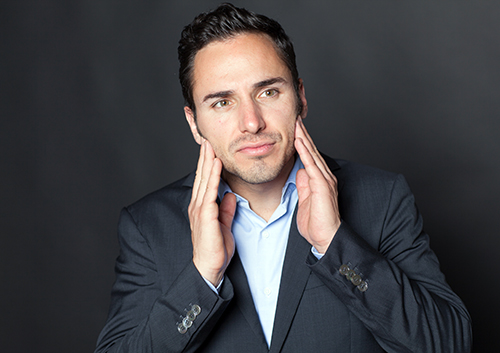TruDenta® and Your Overall Health
April 29th, 2015

Patients who suffer with Temporomandibular Disorders, popularly referred to as TMD, now have the option of receiving TruDenta Therapy. This advanced system combines laser therapy along with electrical stimulation in an ongoing process that takes place conveniently in our Raleigh, NC office.
Stress or injury to the Temporomandibular Joint or TMJ which is located in the jaw directly in front of the ear is what causes patients to suffer with this painful disorder. Although some patients have spurts of pain that eases up after a few weeks, this has been known to be an ongoing problem for many patients and can cause severe headaches.
Advantages of Treatment
- Dr. Gregory Weaver will be able to help heal your TMD pain free, with no needles or drugs
- No migraines
- Increased ability to sleep
- No more teeth grinding
- Muscles soreness recedes
Contact our Raleigh, NC office today to find out if TruDenta can help you ease your headaches and muscle tension in your jaws. You will be simply amazed at the difference you will feel with such a simple procedure and what it can do to help you improve your overall health.



